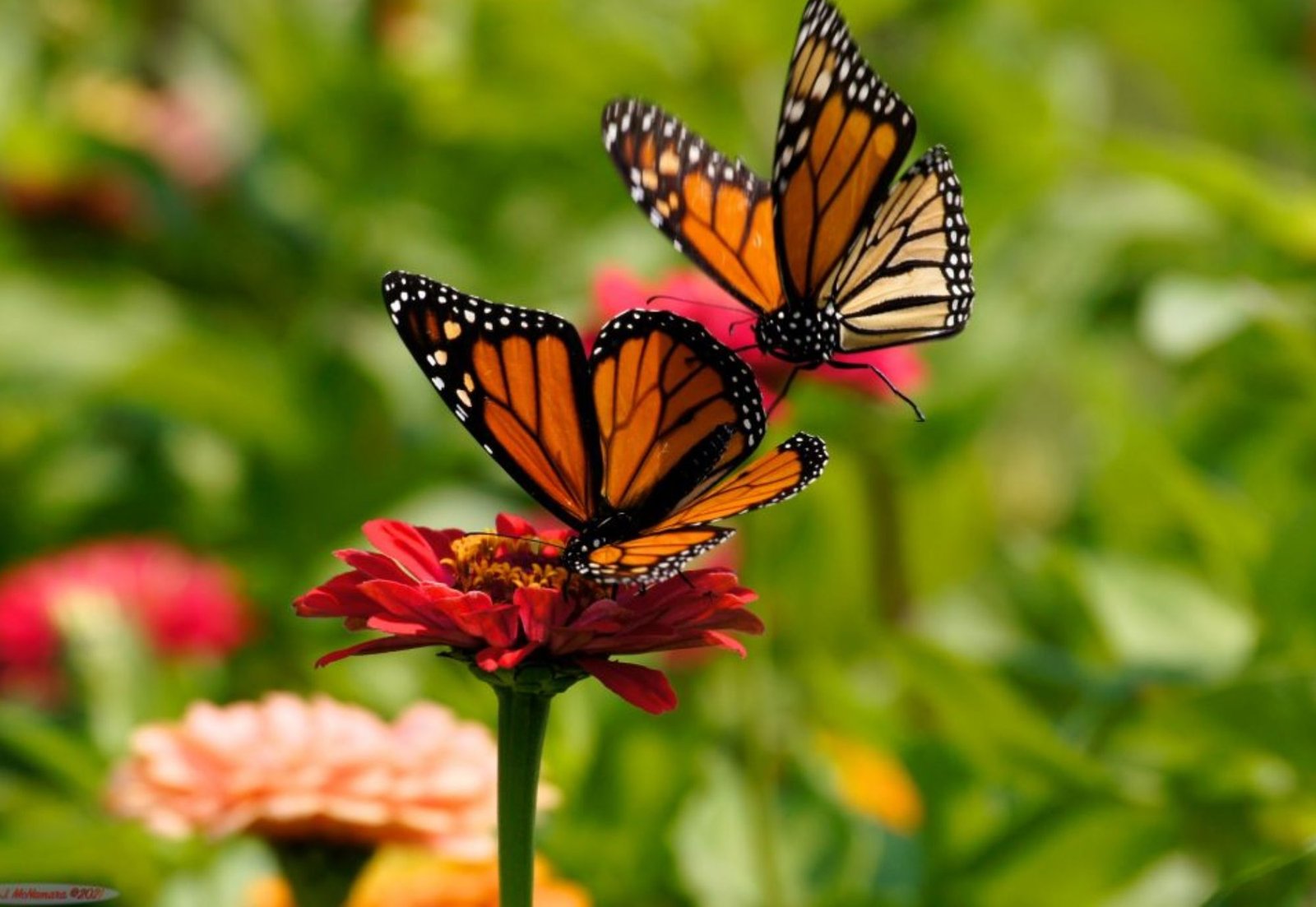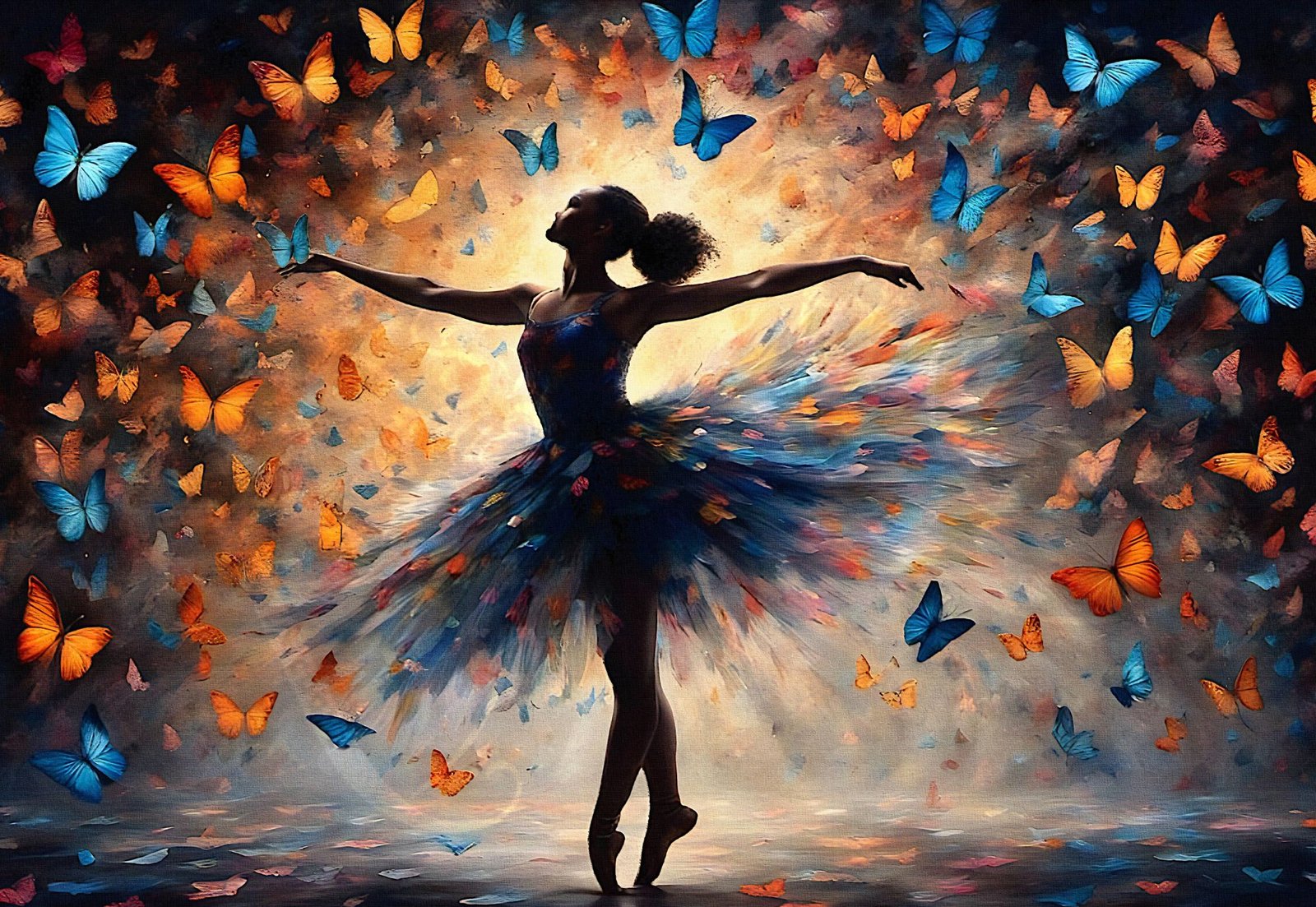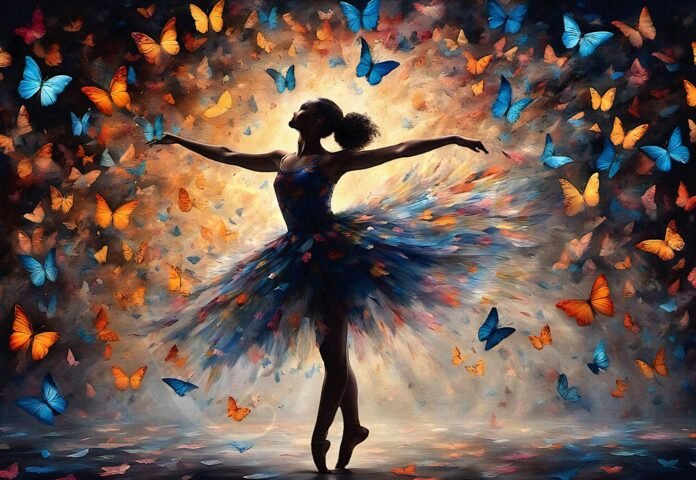The thought of butterflies gracefully performing ballet is a delightful and whimsical idea that sparks the imagination. While teaching butterflies to dance ballet may seem like a flight of fancy, this playful concept invites us to explore the beauty of nature and the artistry of dance in a creative way. In this guide, we’ll dive into the imaginary world where butterflies flutter to the rhythm of classical music, learning the elegant moves of ballet. Let’s explore how one might go about “teaching” butterflies to dance, and along the way, appreciate the natural grace they already possess.
Links Domain: https://lawadvisors.pamshion.net

Understanding the Natural Grace of Butterflies
Butterflies are known for their delicate and graceful flight patterns, which often resemble a dance. Their wings move in rhythmic patterns as they glide from flower to flower, creating a visual spectacle that is both calming and mesmerizing. While butterflies may not understand the intricacies of ballet, their natural movements can be seen as a form of dance that nature has already choreographed.
Setting the Stage for Butterfly Ballet
To imagine a scenario where butterflies perform ballet, one must first create the ideal environment that encourages their natural beauty to shine. Here’s how to set the stage for a butterfly ballet:
- Create a Butterfly Garden: A garden filled with vibrant flowers, such as milkweed, lantana, and zinnias, can attract butterflies and provide them with a natural stage to “perform.” These plants not only provide nourishment but also create a colorful backdrop that enhances the visual appeal of the butterflies’ movements.
- Install Reflective Surfaces: Mirrors or reflective surfaces strategically placed around the garden can amplify the effect of the butterflies’ movements, making it appear as though they are dancing in harmony with their reflections.
- Introduce Gentle Music: Playing soft classical music, especially pieces composed for ballet, can add a magical atmosphere to the garden. While butterflies don’t dance to music, the soothing sounds can create a peaceful ambiance that enhances the overall experience.
Imagining the Choreography
In the whimsical world where butterflies learn ballet, the choreography would be inspired by their natural flight patterns. Here’s how one might envision teaching them various ballet moves:

- The Fluttering Plié: Imagine butterflies lowering themselves gracefully toward a flower, mimicking the plié, a fundamental ballet move where dancers bend their knees. As they dip closer to the blossoms, their wings slow down, creating a soft, fluttering motion that mirrors the elegance of a plié.
- The Grand Jeté of the Skies: The grand jeté is a leaping move in ballet where the dancer soars through the air with outstretched legs. In our butterfly ballet, this move could be represented by the butterflies’ sudden leaps from one flower to another, their wings outstretched in full glory as they glide effortlessly through the air.
- The En Pointe Hover: In ballet, dancing en pointe involves balancing on the tips of the toes. Butterflies, with their natural hovering abilities, can be imagined as performing this move as they delicately balance in the air, seemingly suspended as they sip nectar from flowers.
- The Pirouette Spin: A pirouette is a spinning movement where the dancer turns on one foot. Butterflies, with their ability to change direction quickly, could be seen as performing a pirouette in mid-air, twirling gracefully as they navigate through the garden.
Encouraging “Ballet” Movements
While butterflies cannot be trained like traditional animals, one could encourage their natural movements by creating an environment that allows them to showcase their grace:
- Provide Multiple Landing Spots: By placing various flowers and plants at different heights, you can encourage butterflies to move in a way that mimics the up-and-down motions of ballet. Their flight paths between these landing spots can be seen as dance steps in an intricate routine.
- Use Light to Guide Their Dance: Butterflies are attracted to light, so using soft lighting or sunlight to guide their movements can create a beautiful dance-like effect. As they follow the light, their wings catch the rays, creating a shimmering effect that adds to the illusion of a ballet performance.
- Encourage Group Performances: Butterflies often gather in groups, especially when feeding or migrating. These gatherings can be seen as ensemble performances, where multiple butterflies “dance” together in a synchronized display of natural beauty.

Appreciating the Natural Ballet
The idea of teaching butterflies to dance ballet is, of course, a whimsical fantasy. However, it highlights the beauty and grace that these creatures already possess. By creating environments that allow us to observe and appreciate their natural movements, we can enjoy the “performance” they give every time they take flight.
Conclusion: The Ballet of Nature
While butterflies may never perform a choreographed ballet, their natural flight is a dance all its own—a ballet that has been perfected over millions of years by nature itself. By imagining them as tiny dancers, we are reminded of the incredible artistry that exists in the natural world.
External link: art.htmlhttps:/jetluxury.techarmz.com/transformed-celebrity-
Creating a butterfly garden, setting the stage with reflective surfaces, and introducing gentle music are all ways to enhance our appreciation of these graceful creatures. In the end, the butterflies don’t need to be taught to dance—they already do, in their own beautiful and enchanting way.
So, next time you see a butterfly fluttering by, take a moment to watch their delicate ballet and let it remind you of the simple, natural elegance that surrounds us every day
